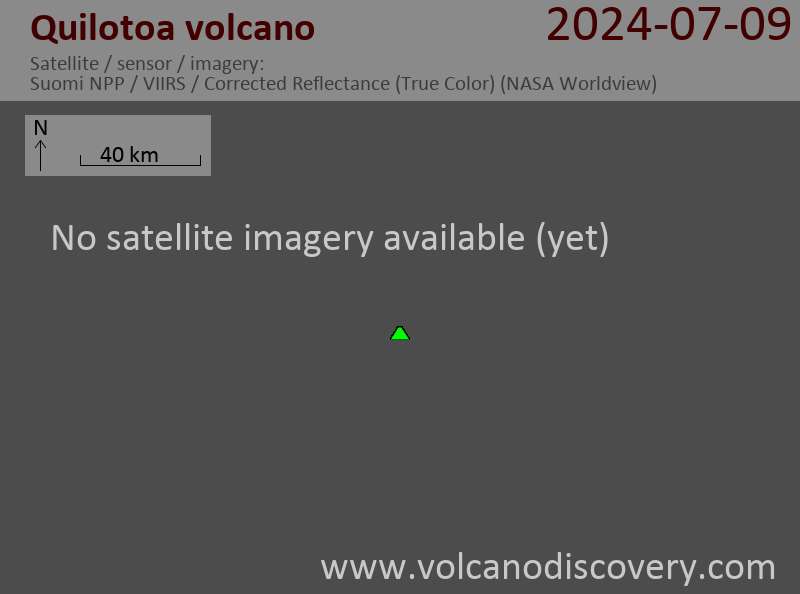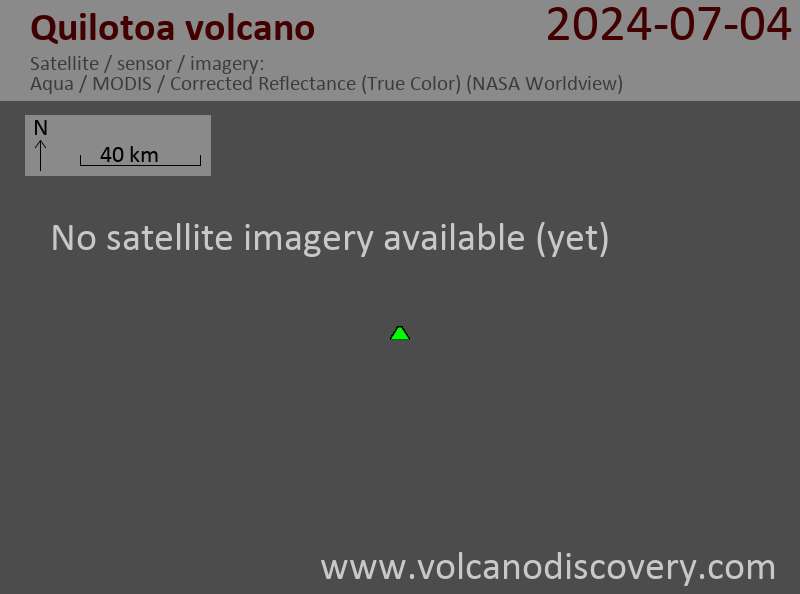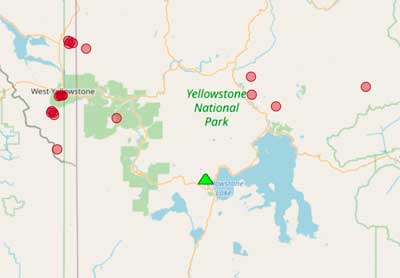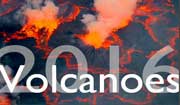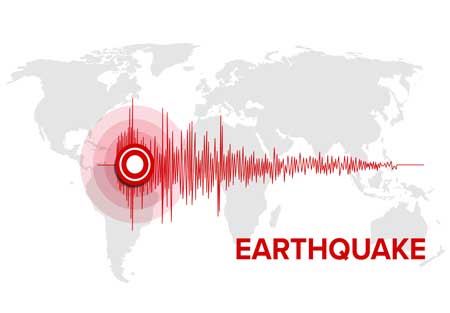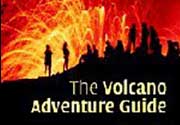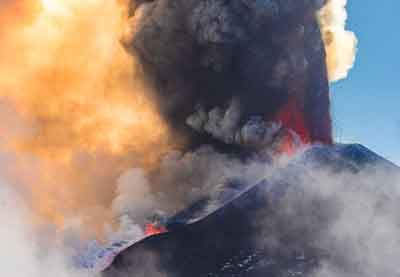Quilotoa Volcano
Ecuador, -0.85°S / -78.9°W
Aktueller Status: normal / ruhend (1 von 5)
Quilotoa volcano is a small 3 km wide caldera about 80 km SSW of Quito. It is the westernmost of Ecuador's Andean volcanoes. The caldera is the truncated remnant of a dacitic stratovolcano. It has steep inner walls which rise 400 m above the surface of a 240 m deep lake.
The only certain historical eruption of Quilotoa volcano occurred in 1280 and was one of the largest explosive eruptions in the world during the past 1000 years.
Geologic studies have shown evidence that Quilotoa has produced at least 8 large explosive eruptions during the past 200,000 years at intervals of 10,000-14,000 years.
Reports of historical eruptions from the caldera lake are not certain. At present, Quilotoa volcano has fumaroles on the lake floor and hot springs on the eastern flank.
Source: Smithsonian / GVP volcano information
Ausbrüche des Quilotoa: 1797(?), 1759(?), 1740(?), 1725(?), around 1280 AD
Letzte Erdbeben in der Nähe
| Uhrzeit | Mag. / Tiefe | Entfernung / Ort | |||
Ausbrüche des Vulkans Quilotoa
One of the largest known eruptions on earth during the past 1000 years occurred around the year 1280 (radiocarbon dated). It followed a dormancy period of 14,000 years. The eruption emptied ca. 11 cubic km of magma during 4 eruptive phases. The first phase produced one of the northern Andes'largest air-fall pumice and ash layer. The following phases generated large pyroclastic flows and lahars, which reached the Pacific Ocean.
The eruption was followed by the formation of the caldera and ended with the emplacement of a small lava dome.
---
Source:
Patricia A. Mothes, Minard L. Hall (2008) "The plinian fallout associated with Quilotoa's 800 yr BP eruption, Ecuadorian Andes", Journal of Volcanology and Geothermal Research, Volume 176, Issue 1, 10 September 2008, Pages 56-69





